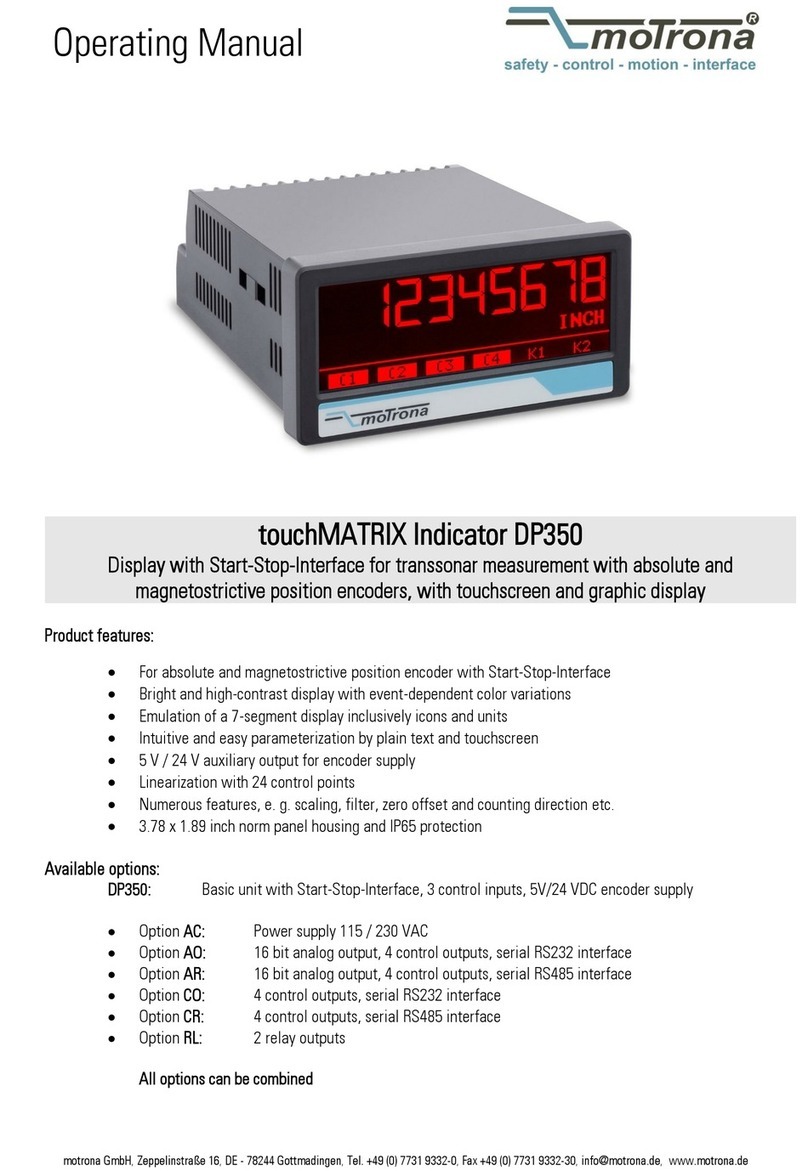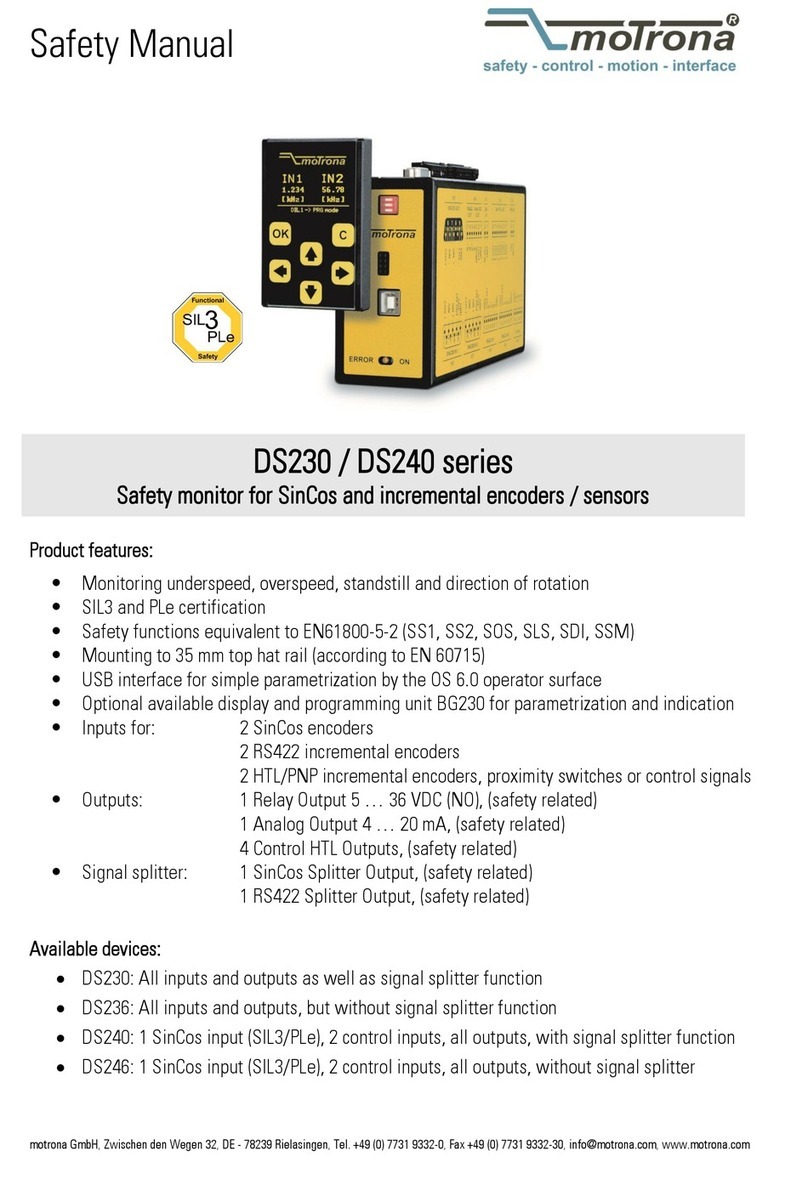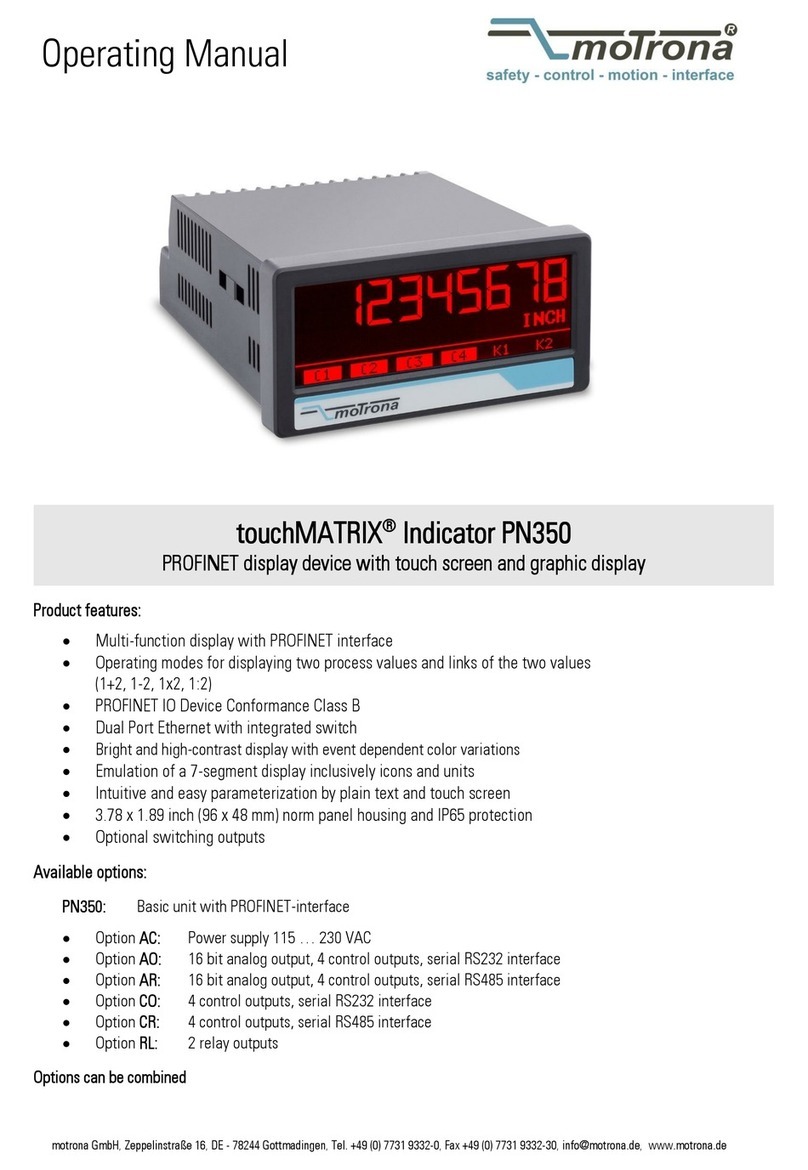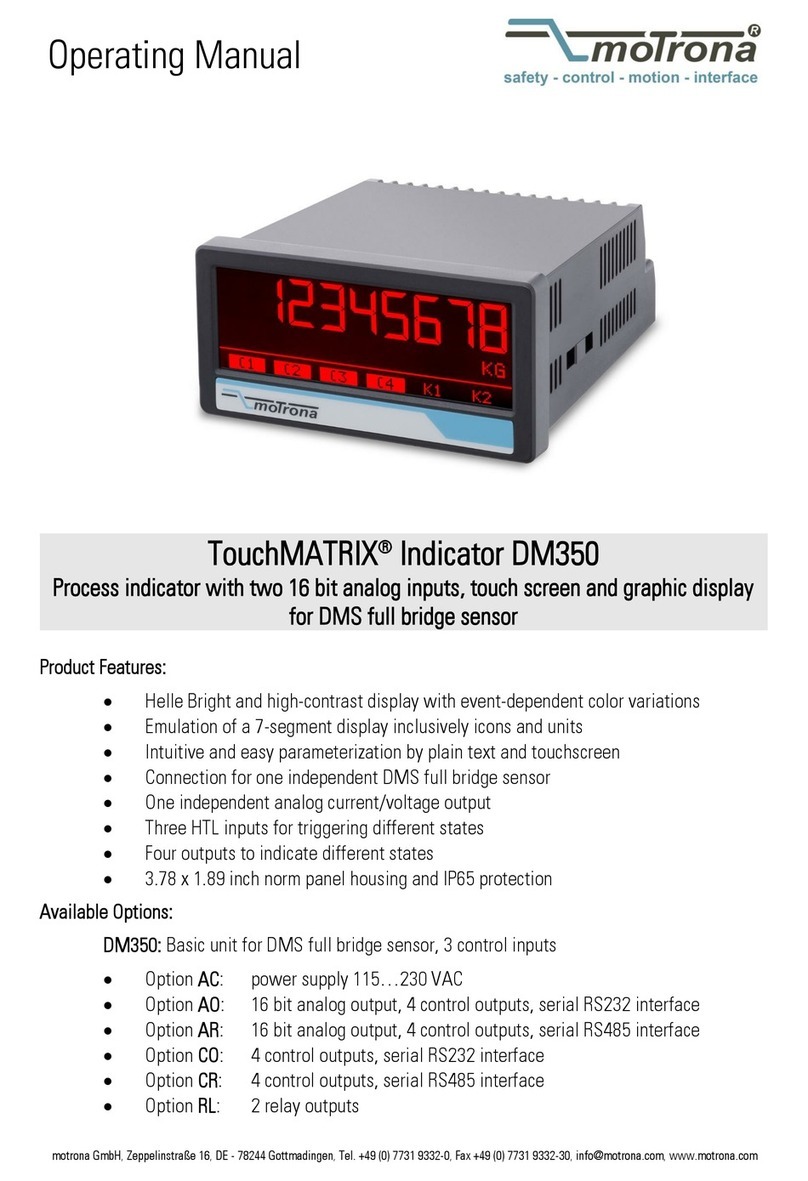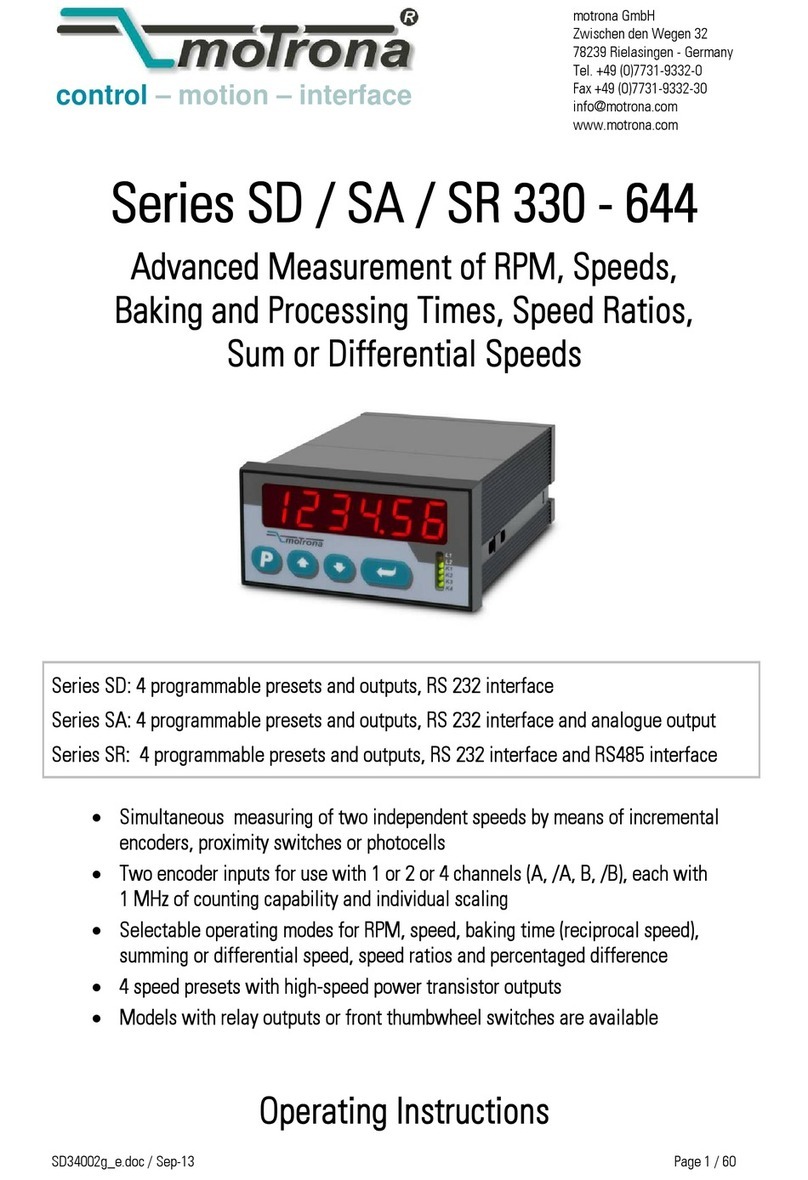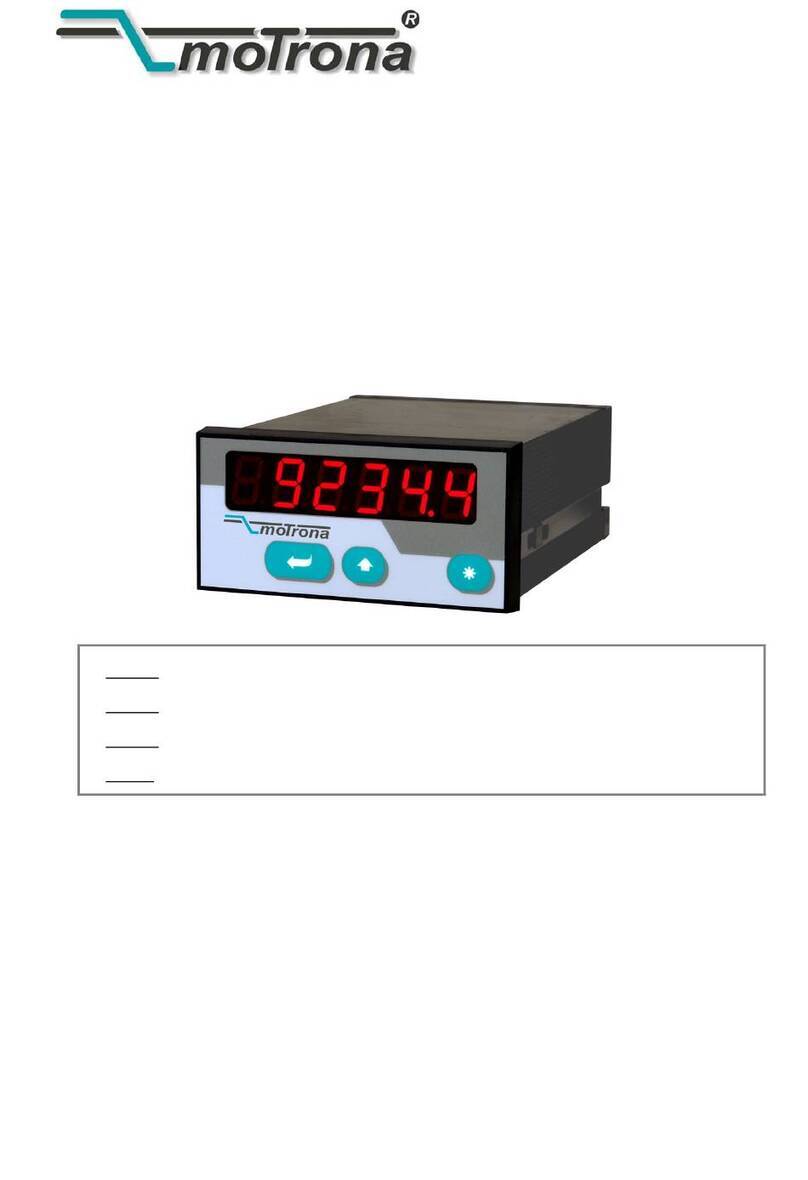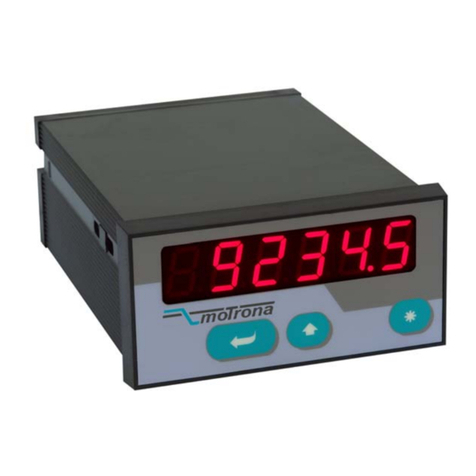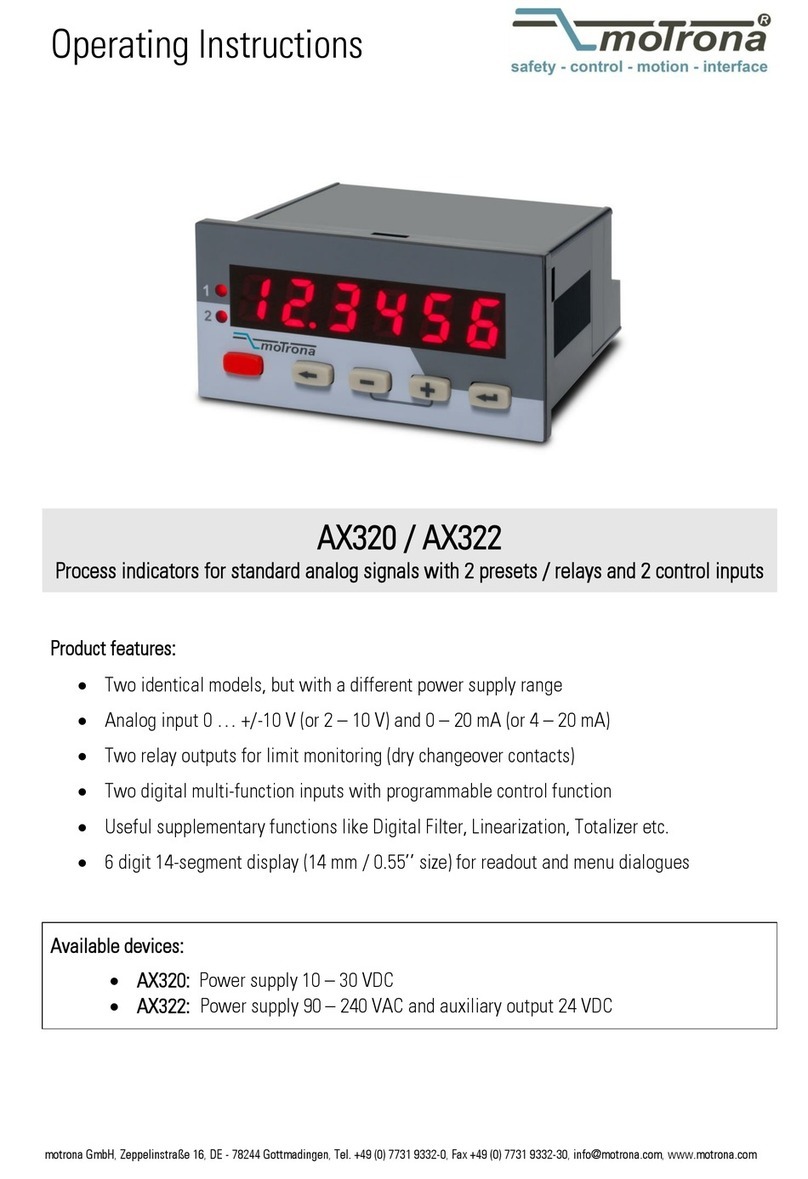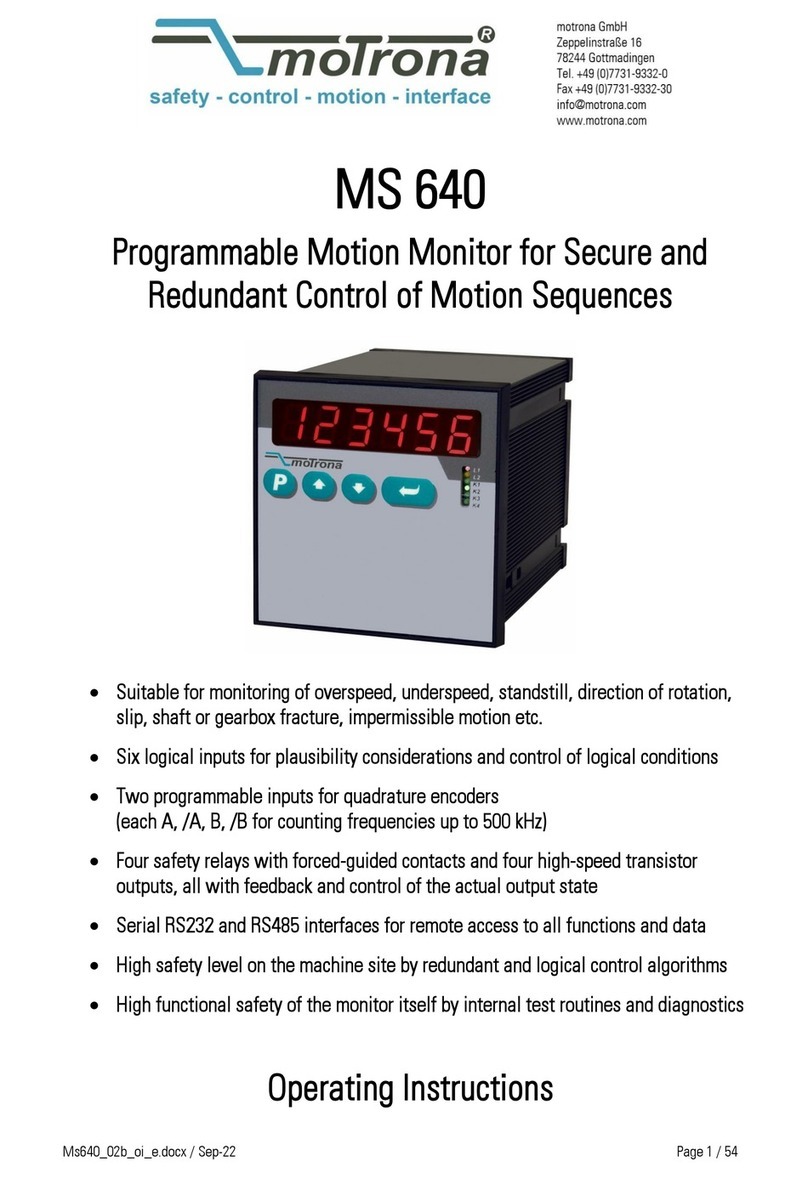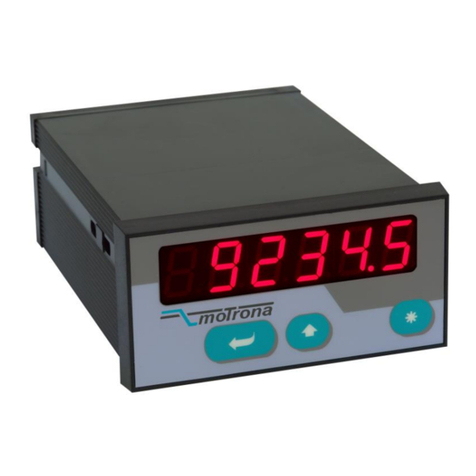
AX34509b_e.doc / Mrz-16 Page 3 / 38
Table of Contents
1. Introduction..........................................................................................................................................4
2. Terminal Assignments .........................................................................................................................5
2.1. Power supply ................................................................................................................................6
2.2. Aux. voltage output ......................................................................................................................6
2.3. Analogue measuring inputs..........................................................................................................6
2.4. Optocoupler transistor outputs (model AX 347 only)...................................................................7
2.5. Serial RS232 / RS485 interface (AX 348 only).............................................................................8
3. Jumper settings ...................................................................................................................................9
4. How to Operate the Keys ...................................................................................................................11
4.1. Normal display state ..................................................................................................................11
4.2. Parameter settings .....................................................................................................................12
4.2.1. How to select a parameter.........................................................................................................12
4.2.2. How to change parameter settings ...........................................................................................12
4.2.3. How to store settings.................................................................................................................12
4.2.4. Time-out function .......................................................................................................................12
4.3. Teach operation..........................................................................................................................13
4.4. Set all parameters to “Default“ .................................................................................................13
4.5. Code Locking of the Keypad.......................................................................................................13
5. The Parameter Menu .........................................................................................................................14
6. Setting of Parameters ........................................................................................................................16
6.1. Basic Parameters........................................................................................................................16
6.2. Operational parameters..............................................................................................................17
6.3. Modes of operation ....................................................................................................................18
6.3.1. Single mode (input A only) .........................................................................................................18
6.3.2. Dual Mode (Inputs A and B separately).....................................................................................19
6.3.3. Combined Modes [A + B], [A - B], [A : B], [A x B].......................................................................20
6.4. Additional settings for the Preselections (model AX 347 only).................................................21
6.4.1. Basic settings for the Presets: ...................................................................................................21
6.4.2. Characteristics of the switching hysteresis ..............................................................................22
6.4.3. Operational settings for presets: ...............................................................................................23
6.4.4. Actual switching state of the outputs: ......................................................................................23
6.4.5. Response time of switching outputs .........................................................................................24
6.5. Additional Parameters for the Serial Interface (model AX 348 only)........................................25
6.5.1. Communication settings in the Basic Menu:.............................................................................25
6.5.2. Operational Parameters for configuration of the interface: .....................................................26
6.5.3. PC-Mode .....................................................................................................................................27
6.5.4. Printer Mode...............................................................................................................................28
7. Commissioning...................................................................................................................................29
8. Special Functions...............................................................................................................................30
8.1. Tare / Offset function .................................................................................................................30
8.2. Linearization ...............................................................................................................................30
8.3. Manual input or „Teaching“ of the interpolation points ...........................................................32
8.4. Overflow and Underflow Control ...............................................................................................34
9. Technical Specifications ....................................................................................................................35
9.1. Dimensions .................................................................................................................................35
9.2. Technical data ............................................................................................................................36
9.3. Commissioning Form ..................................................................................................................37

